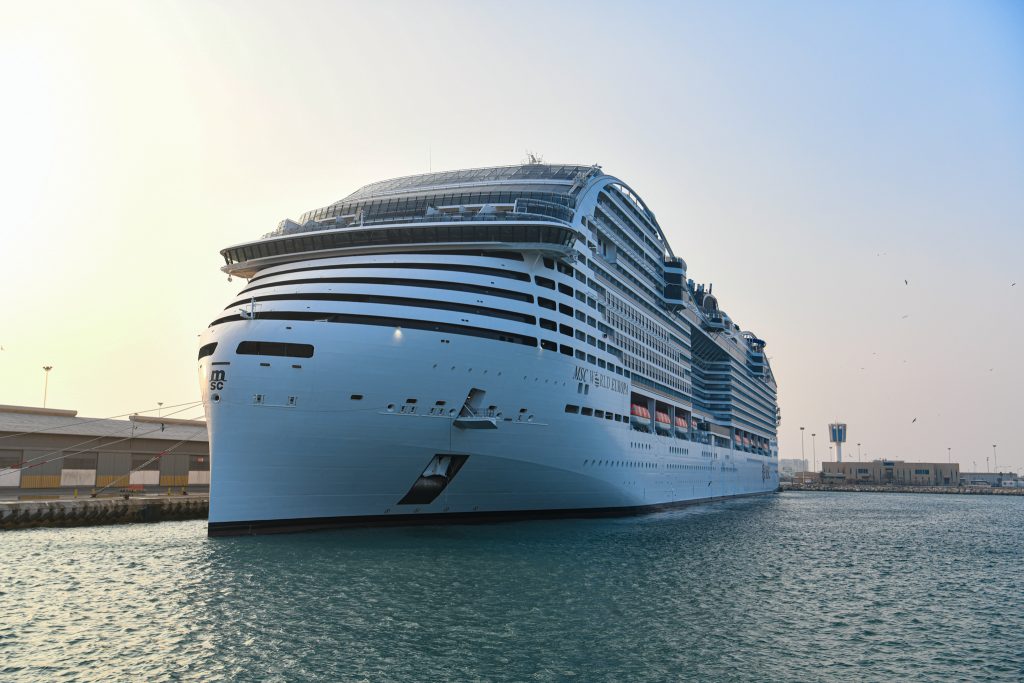Wednesday, August 14, 2024 In a significant move aligned with Saudi Arabia ‘s Vision 2030, the Doyof Al-Rahman Program has set an ambitious target of hosting 15 million Umrah pilgrims by the year 2025. This initiative, detailed in the program’s 2023 annual report, underscores the Kingdom’s commitment to enhancing the pilgrimage experience through infrastructure development, digitalization, and service excellence in the holy cities of Makkah and Madinah. The program’s strategic focus is on expanding and modernizing infrastructure within these cities, aiming to create a seamless and spiritually enriching journey for millions of pilgrims.
By 2030, the Doyof Al-Rahman Program plans to renovate and develop 40 Islamic and cultural sites across Makkah and Madinah, transforming the Kingdom into a gateway to rich cultural and spiritual experiences. Saudi Arabia’s efforts are directed at meeting the growing needs of pilgrims visiting the Holy Kaaba, with a future vision to serve 30 million pilgrims by 2030. The program plans to achieve this by introducing easy and facilitated procedures for Umrah, coupled with effective and innovative solutions to accommodate the increasing numbers.
The goal is to ensure that pilgrims experience a smooth and seamless journey throughout their pilgrimage, leveraging the latest technologies to make this vision a reality. The program has also set a target of achieving an 85% satisfaction rate for services provided to pilgrims by 2025, with a furt.

















